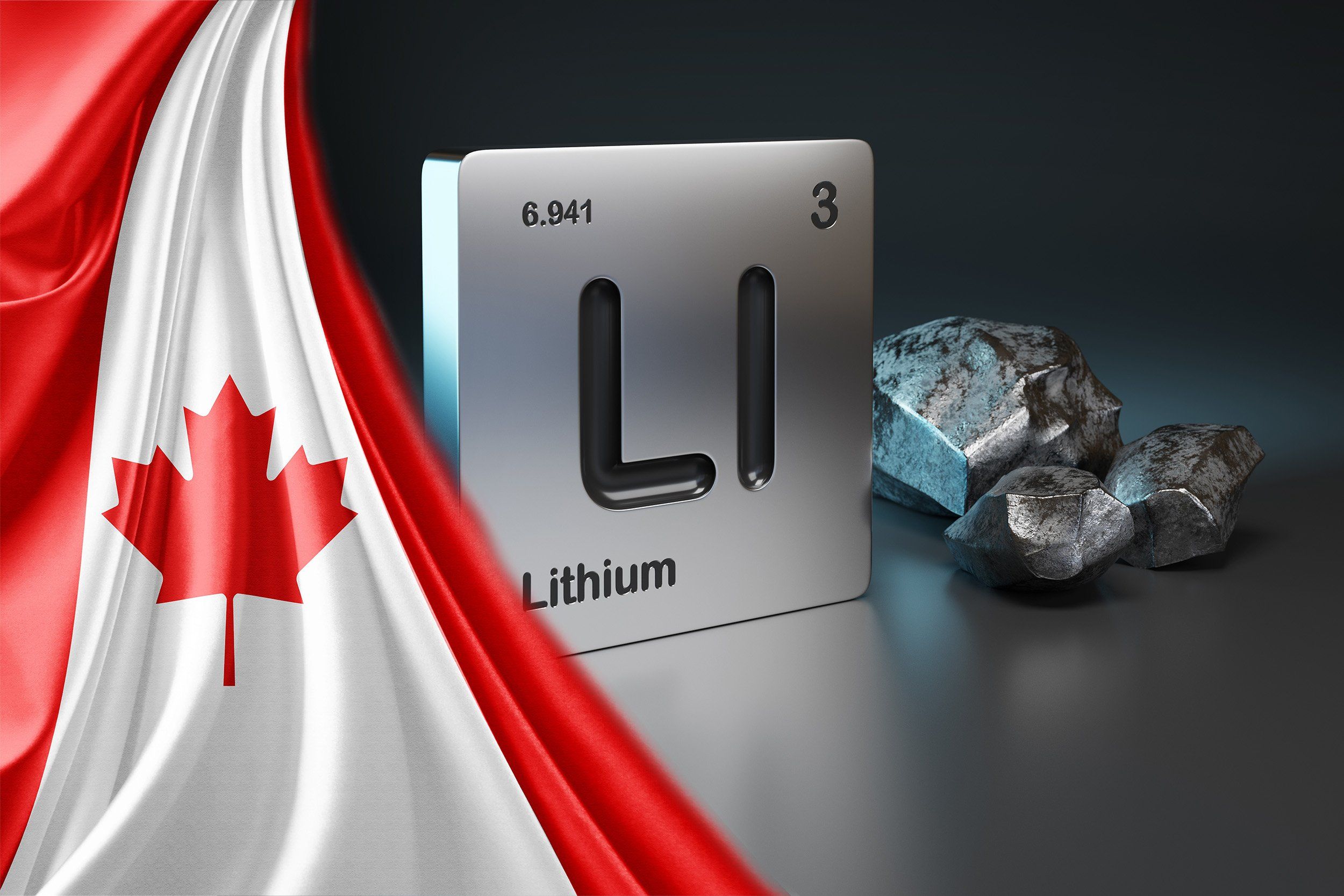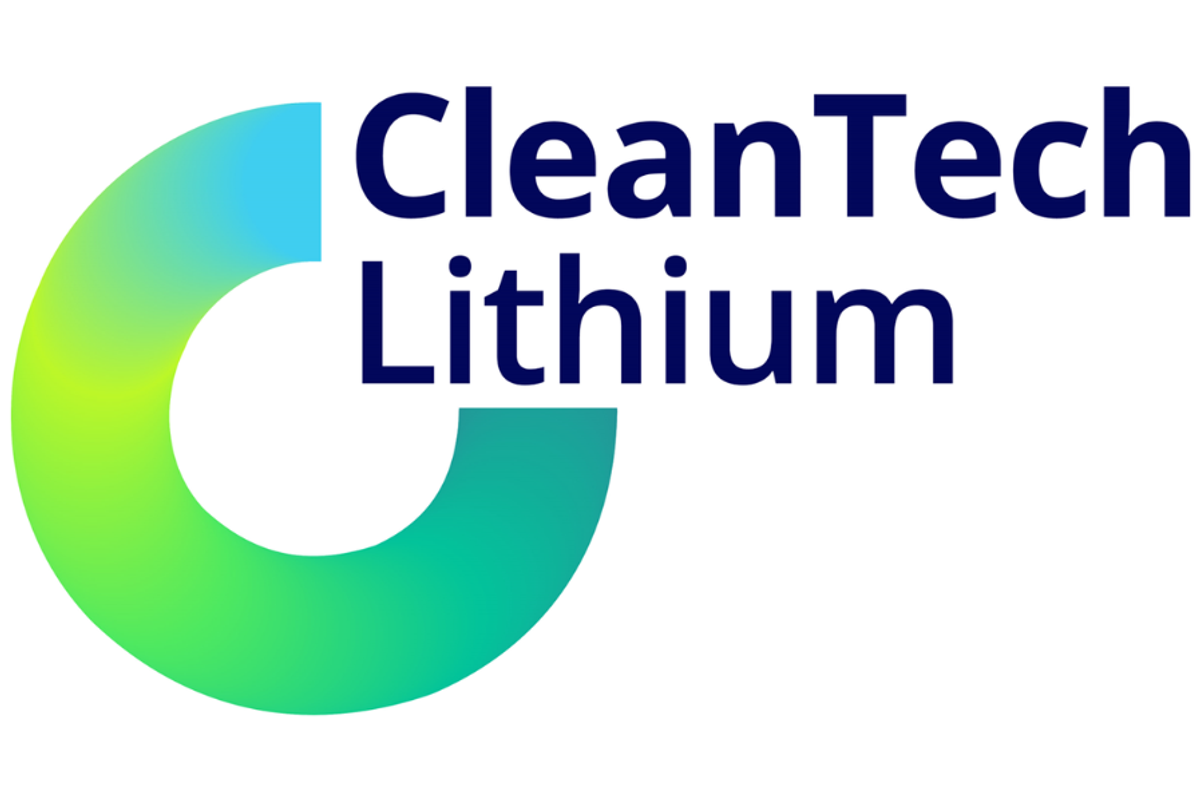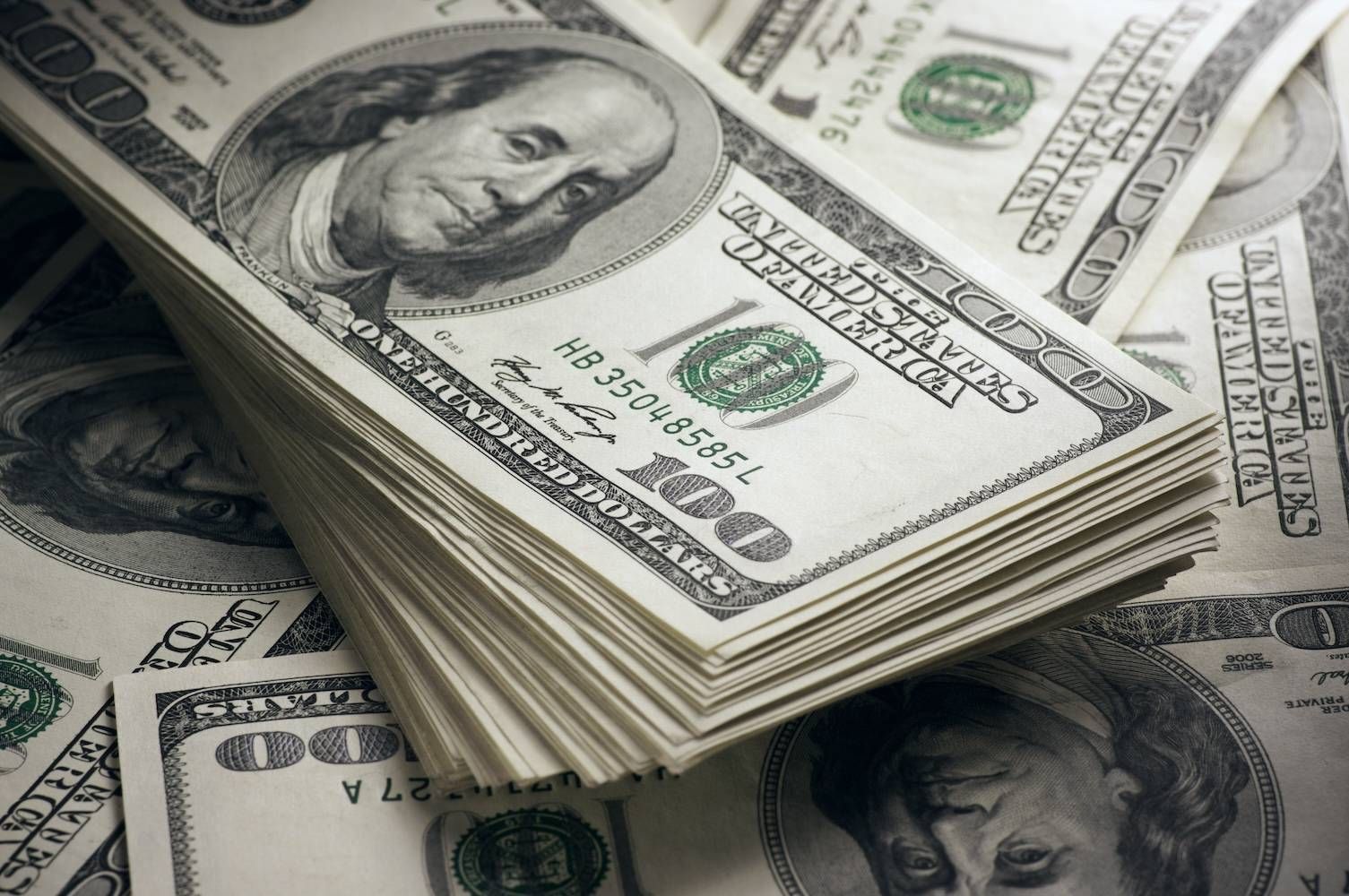
December 02, 2024
Libra Lithium Corp. ("Libra" or the "Company") is pleased to announce that it has entered into an earn-in agreement (the "EIA") with a wholly-owned Canadian subsidiary of KoBold Metals Company ("KoBold") to jointly explore the Company's Flanders South, Flanders North and Soules Bay-Caron ("SBC") lithium projects in Ontario, Canada (collectively, the "Earn-In Properties"). Pursuant to the EIA, KoBold will have the option to earn a 75% interest in the Earn-In Properties by incurring up to CAD$33M in exploration expenditures over six years.
KoBold Metals Company is a US-based exploration and mining company that combines expertise in geosciences with artificial intelligence, machine learning, and data science to improve and accelerate the exploration process in search for the critical minerals necessary for the global energy transition.
Libra further announces that the Company and PowerStone Metals Corp. (CSE: PS) ("PowerStone" or "ShellCo") have entered into a non-binding letter of intent dated December 2, 2024 (the "LOI") in respect of a proposed business combination (the "RTO") that would result in the reverse takeover of ShellCo by Libra. The completion of the RTO will be subject to, among other things, the common shares ("Resulting Issuer Shares") of the resulting entity (the "Resulting Issuer") being listed on the Canada Securities Exchange (the "CSE") and the Resulting Issuer fulfilling all of the applicable regulatory and listing requirements. Following the completion of the RTO, the Company is expected to become a wholly-owned subsidiary of ShellCo or otherwise combine its corporate existence with that of ShellCo to form the Resulting Issuer, which will hold all the assets and projects and continue the business of Libra.
"Our team pulled through, coming out on top from what has been a challenging lithium market over the past two years. In Fall 2023 we made our first spodumene discovery, sampling up to 2.86% Li2O within a 35m-wide pegmatite at Flanders South. Fast forward to Summer 2024, and we had discovered a new pegmatite field in the span of less than two weeks at SBC, with 18 spodumene outcrops, pegmatites up to 30m wide, samples up to 6.64% Li2O, and spodumene crystals up to 0.4m long. With limited capital, we were able to build a company with a large portfolio of lithium assets and discover lithium mineralization on three grassroots projects in under a year. We have proven our ability to systematically screen through ground and be cost-efficient, and with the market nearing a bottom, we see tremendous opportunity to be counter-cyclical. The KoBold earn-in agreement and contemplated go-public transaction with PowerStone will create a well-financed, publicly traded entity, backed by an astute shareholder base of long-term believers in the green energy transition" said Koby Kushner, CEO of Libra.
"We are excited to enter into this earn-in agreement with Libra and are looking forward to exploring the Flanders South, Flanders North, and SBC projects. The three projects are compelling, and we are eager to follow up on the encouraging data that Libra has collected to date. Furthermore, we believe that combining Libra's capable team with KoBold's experienced explorationists and exploration technology will set us up for success. We look forward to working with Libra" said Daniel Enderton, Chief Strategy Officer at KoBold Metals.
KoBold Earn-In Agreement
Libra has executed an EIA with KoBold, dated November 13, 2024, to explore the Earn-In Properties. Pursuant to the EIA KoBold has the option to earn a 75% interest in each of the Earn-In Properties by incurring up to CAD$33,000,000 in cumulative exploration expenditures across the Earn-In Properties over six years.
During the earn-in period, KoBold shall be responsible for expenses and maintenance of the claims subject to the terms of the EIA. Further, KoBold and Libra shall form a technical committee, with two members from each party, to regularly review progress and findings of exploration programs and determine next steps, with KoBold reserving final discretion over the exploration programs.
Payment and Expenditure Schedule
To meet the 75% earn-in thresholds for the Earn-In Properties, KoBold must complete the following:
- Initial Cash Payment to Libra (completed) - CAD$445,000 within 14 days of the effective date of the EIA as reimbursement of exploration expenditures for work completed before the EIA was finalized;
- Year 1 Anniversary - completion of cumulative exploration expenditures of CAD$750,000, which is a firm commitment and may be allocated across any of the Earn-In Properties;
- Year 3 Anniversary - completion of cumulative exploration expenditures of up to CAD$11,000,000 to earn a 51% interest on a project-by-project basis ("Stage 1"); and
- Year 6 Anniversary - completion of cumulative exploration expenditures of up to CAD$33,000,000 to earn a 75% interest on a project-by-project basis ("Stage 2").
The Stage 1 and Stage 2 earn-in thresholds vary by project, as shown in the table below:
Furthermore, KoBold has retained Libra as an exploration contractor for a period ending on the earlier of two years from the effective date of the EIA, or the date on which the EIA is terminated with respect to the SBC project. In exchange for exploration services, KoBold will pay Libra a monthly cash fee of CAD$35,000.
KoBold shall also pay to Libra the following milestone payments with respect to each of the Flanders South and Flanders North projects:
| Milestone | Milestone Payment (CAD$) |
| Inferred Resource of at least 100,000 tons of lithium oxide | $250,000 |
| Pre-Feasibility Study | $500,000 |
| Feasibility Study | $750,000 |
| First Ore Production | $1,000,000 |
Formation of Joint Venture Company
Upon KoBold achieving a Stage 1 cumulative earn-in threshold, the parties shall form a joint venture for the applicable project pursuant to which KoBold shall initially own 51% and Libra 49% (the "Kobra JV"). Upon KoBold achieving the Stage 2 cumulative earn-in threshold, KoBold's ownership interest in the Kobra JV shall increase to 75%. After the earn-in period, each party will be responsible for funding its pro-rata share of project costs or will be diluted; a party that gets diluted below 10% shall have its interest converted to a 1% net smelter return (NSR) royalty. The Kobra JV shall be governed by a board of directors ("Board"), initially composed of two members appointed by KoBold and two members appointed by Libra. The Board shall appoint a manager of the daily affairs of Kobra JV, with KoBold as the initial manager.
Flanders South, Flanders North and SBC Highlights
Figure 1: Libra's project portfolio, showing projects under the KoBold EIA.
To view an enhanced version of this graphic, please visit:
https://images.newsfilecorp.com/files/9331/232089_184358fda458d996_001full.jpg
Flanders South and Flanders North
- District-scale position in the Quetico Subprovince, spanning over 50,000 hectares;
- Limited historical exploration, with zero historical work assessment reports prior to Libra;
- Located ~230km west of Thunder Bay, near Atikokan, a former mining town;
- Easily accessible, with a network of logging roads and the Flanders all-season road off Highway 11;
- Libra's first-pass exploration program in 2023 included LIDAR surveys and prospecting, resulting in new discoveries:
- Hundreds of LCT pegmatites, with surface exposures up to 200m wide (Flanders North);
- The Homer spodumene-bearing pegmatite, up to 35m-wide, at least 160m long, with grab sample assays up to 2.86% Li2O (Flanders South);
- Homer lies adjacent to pegmatite outcrops with similar geochemistry, showing potential for a stacked pegmatite system; and
- Homer occurs within a 6.5km-long structural corridor of highly anomalous pegmatites.
- The Nelson tantalite-bearing pegmatite, with grab samples up to 4,469 ppm Ta2O5 (Flanders South).
Figure 2: Map of Flanders South and Flanders North (right); map over Homer spodumene pegmatite (left).
To view an enhanced version of this graphic, please visit:
https://images.newsfilecorp.com/files/9331/232089_184358fda458d996_002full.jpg
SBC
- Spanning 15,570 hectares, SBC covers a newly discovered lithium district abundant with spodumene pegmatite outcrops;
- Located south of Pickle Lake, a historic gold mining town equipped with board accommodation and an airport, SBC boasts easy access via paved highway and nearby infrastructure including rail at Savant Lake;
- In 2024, Libra conducted a LIDAR survey and 12-day, helicopter-supported prospecting program, and within that timeframe discovered:
- 18 spodumene-bearing pegmatite outcrops over a 12km trend;
- Apparent stacking of spodumene pegmatites, closely spaced;
- Individual spodumene-bearing pegmatites up to 30m wide at surface; and
- Coarse-grained spodumene crystals, up to 0.4m long, returning up to 6.64% Li2O in grab samples.
- To date, only approximately 2% of SBC has been explored.
Figure 3: Map over SBC project showing spodumene showings (right); photograph of pale, coarse-grained, spodumene crystals (top-left).
To view an enhanced version of this graphic, please visit:
https://images.newsfilecorp.com/files/9331/232089_184358fda458d996_003full.jpg
Summary of the RTO
It is contemplated that the RTO will proceed by way of three-cornered amalgamation pursuant to which a wholly owned subsidiary of ShellCo will acquire Libra in exchange for ShellCo shares (the "Acquisition"). Upon completion of the RTO, it is anticipated that the Resulting Issuer will be listed as a mining issuer on the CSE, with Libra as its primary operating subsidiary. The business of the Resulting Issuer will be primarily focused on advancing the Company's existing project portfolio, including the Flanders South, Flanders North and SBC projects which are subject to the KoBold EIA, and the evaluation and acquisition of additional grassroots lithium exploration assets.
The completion of the RTO is subject to a number of terms and conditions, including and without limitation, the negotiation and execution of a definitive agreement in respect of the RTO (the "Definitive Agreement"), there being no material adverse changes in respect of either ShellCo or Libra, the parties obtaining all necessary consents, orders, regulatory, court and shareholder approvals, including the conditional approval of the CSE, satisfactory completion of due diligence by both parties and other standard conditions of closing for a transaction in the nature of the RTO. There can be no assurance that all of the necessary regulatory and shareholder approvals will be obtained or that all conditions of closing will be met.
Proposed Management and Directors of Resulting Issuer
The following sets out the names and backgrounds of certain persons who are expected to be officers and directors of the Resulting Issuer.
Koby Kushner, P.Eng., CFA - Chief Executive Officer and Director
Mr. Koby Kushner, P.Eng., CFA, is the Chief Executive Officer and a director of Libra. He has spent most of his career as a mining engineer and more recently, an equity research analyst. Prior to entering finance, Mr. Kushner worked at several mines in Ontario and Manitoba, including Hemlo (Barrick Gold), Detour, Rice Lake, and others. During this time, Mr. Kushner has seen projects advance through all stages of development, including exploration, production, and closure. He then moved into equity research at Red Cloud Securities, a mining-only investment bank, where he wrote on over 100 companies across various stages of development and a wide range of commodities, with a particular focus on precious and energy metals. He holds a BSc in Mining Engineering from Queen's University, is a licensed Professional Engineer in the province of Ontario and is a CFA charterholder.
David Goodman, B.Com, LL.B (cum laude), CFA - Chairman
David Goodman, B.Com, LL.B, CFA, is the Chairman of Libra. Mr. Goodman left an early career as a litigator in 1994 to become a Partner, Vice President and Portfolio Manager at the investment management firm behind Dynamic Funds. He became President and Chief Executive Officer of Dynamic Funds in 2001 and of DundeeWealth, Dynamic's public company parent, in 2007. Under Mr. Goodman's leadership, the firm became one of Canada's best performing and fastest growing investment managers, was recognized as Fund Company of the Year seven times at the Canadian Investment Awards while growing assets under management from $5 billion to approximately $50 billion, until its ultimate sale in 2011 to a Canadian bank. In the past Mr. Goodman was a member of the boards of DundeeWealth, Repadre Capital Corporation, Dundee Corporation, SickKids Foundation and a trustee of the Dundee REIT. Mr. Goodman was previously the head of Global Asset Management for a major Canadian bank and CEO of Dundee Corporation. In addition to his business interests, Mr. Goodman is the founder and CEO of Humour Me, an annual charity event whereby high-profile executives compete in stand-up comedy and has raised over $25 million to date for worthy causes.
Ben Kuzmich, MSc., P.Geo. - VP Exploration
Mr. Ben Kuzmich, MSc., P.Geo, is a professional geologist with a proven track record of exploration success in Canada throughout Ontario, Manitoba, and the Yukon. His accomplishments include the delineation of the E-Zone at Barrick's Hemlo gold mine, where he managed a $20M drill program, and where his reinterpretation of geologic models resulted in a 23% improvement in underground head grade for 2019. Outside of Hemlo, he led the discovery of the Little Wing gold occurrence at Alamos's Lynn Lake project as well as numerous REE/LCT pegmatite, precious, and base metal occurrences throughout the Superior Province. He completed his MSc thesis at Lakehead University on the highly endowed, critical mineral-rich Ring of Fire in northern Ontario, and his undergraduate thesis on S-type granitic intrusions.
Zachary Goldenberg, JD / HBA - Director
Zachary Goldenberg is the current Chief Executive Officer of PowerStone and a principal of Liberty Venture Partners, a Toronto-based advisory and investment firm focused on startup and growth companies in rapidly emerging industries. A corporate lawyer by background, Zach has significant experience in both the private and public markets as an advisor, investor and board director and has spent much of the past decade working with companies transitioning from private to public navigate the Canadian public venture markets and to source and close strategic transactions. Zach is a graduate of the combined JD / HBA from Western Law and Ivey School of Business, is a member of the TSX Venture Exchange's Ontario Advisory Committee and is a recipient of ICD.D designation from the Institute of Corporate Directors.
About Libra Lithium Corp.
Libra is a Canadian mineral exploration company focused on the discovery and development of the critical minerals necessary for the green energy transition. Libra's Flanders South, Flanders North, and SBC lithium projects in Ontario are being explored under a CAD$33M earn-in deal with KoBold. In addition, Libra has 100% ownership over its Toivo, Burton, Bitchu, Tennant, Battery Hill, Kivinen, and Twist projects in Ontario and its Nemiscau project in Quebec. The Libra team comprises a mix of seasoned executives, engineers, and geoscientists, with extensive experience in mining and mineral exploration, capital markets, asset management, energy, and First Nations engagement.
About PowerStone Metals Corp.
PowerStone is a mineral exploration company focused on the identification and exploration of high-quality critical and precious metals assets, in favorable mining jurisdictions. PowerStone is a reporting issuer in the Provinces of Ontario, British Columbia and Alberta, Canada and its common shares are currently listed for trading on the Canadian Securities Exchange. For more information, please visit www.powerstonemetals.com.
All information contained in this news release with respect to Libra was supplied by Libra, and PowerStone and its directors and officers have relied on Libra for such information.
Contact Information
| Zachary Goldenberg Chief Executive Officer, PowerStone Metals Corp. e: zach@libertyvp.co t: 647-987-5083 | Koby Kushner Chief Executive Officer, Libra Lithium Corp. e: kkushner@libralithium.com t: 416-846-6161 |
Cautionary Note Regarding Forward-Looking Statements
This press release contains certain forward-looking statements, including statements about PowerStone and Libra's future plans and intentions and completion of the Acquisition. Wherever possible, words such as "may", "will", "should", "could", "expect", "plan", "intend", "anticipate", "believe", "estimate", "predict" or "potential" or the negative or other variations of these words, or similar words or phrases, have been used to identify these forward-looking statements. These statements reflect management's current beliefs and are based on information currently available to management as at the date hereof.
Forward-looking statements involve significant risk, uncertainties and assumptions. Many factors could cause actual results, performance or achievements to differ materially from the results discussed or implied in the forward-looking statements. These factors should be considered carefully and readers should not place undue reliance on the forward-looking statements. Although the forward-looking statements contained in this press release are based upon what management believes to be reasonable assumptions, PowerStone and Libra cannot assure readers that actual results will be consistent with these forward-looking statements. These forward-looking statements are made as of the date of this press release, and PowerStone and Libra assumes no obligation to update or revise them to reflect new events or circumstances, except as required by law.
Completion of the Acquisition is subject to receipt of all requisite regulatory, stock exchange, court or governmental approvals, authorizations and consents. There can be no assurance that the Acquisition will be completed as proposed or at all.
Investors are cautioned that, except as disclosed in the management information circular or filing statement to be prepared in connection with the Acquisition, any information released or received with respect to the Acquisition may not be accurate or complete and should not be relied upon.
The CSE has in no way passed upon the merits of the business of PowerStone and Libra and has neither approved nor disapproved the contents of this news release and accepts no responsibility for the adequacy or accuracy hereof.
QA/QC
Due to the high degree of variability in the sampled pegmatites and granites, the reported grab samples may not be representative of the overall mineralization / characteristics of the bedrock. Grab samples were collected in the field with a hammer and were generally greater than 1 kg in weight. The grab samples were delivered by Libra geologists to ALS Geochemistry Thunder Bay prep labs. Samples were assayed by ALS Geochemistry, Vancouver analytical lab which is an ISO 17025 accredited laboratory and is independent of the Company. The samples were digested using a sodium peroxide fusion and assayed by ICP-MS for trace elements (i.e. ME-MS89L). ALS Geochemistry inserted standards, blanks, pulp duplicates and prep duplicates into the sample stream.
Qualified Person
Ben Kuzmich, M.Sc., P.Geo. supervised the preparation of the scientific and technical information that formed the basis for the written disclosure in this news release. Ben Kuzmich is the VP of Exploration for Libra and the Qualified Person (as such term is defined by National Instrument 43-101). He has verified the data disclosed in this press release, including the sampling, analytical and test data underlying the information. To verify the data related to the sampling program, he has discussed sampling procedures with responsible site staff; discussed and reviewed assay and QA/QC results with responsible personnel; and reviewed supporting documentation, including with respect to sample location and orientation.

Sign up to get your FREE
Terra Clean Energy Investor Kit
and hear about exciting investment opportunities.
- Corporate info
- Insights
- Growth strategies
- Upcoming projects
GET YOUR FREE INVESTOR KIT
The Conversation (0)
6h
Terra Clean Energy
Advancing an expansive uranium landholding in the prolific Athabasca Basin and past-producing uranium districts in the United States
Advancing an expansive uranium landholding in the prolific Athabasca Basin and past-producing uranium districts in the United States Keep Reading...
7h
5 Best-performing ASX Lithium Stocks (Updated January 2026)
Global demand for lithium presents a significant opportunity for Australia and Australian lithium companies.Australia remains the world’s largest lithium miner, supplying nearly 30 percent of global output in 2024, though its dominance is easing as other lithium-producing countries such as... Keep Reading...
06 January
Top 5 Canadian Lithium Stocks (Updated January 2026)
The global lithium market weathered a tough 2025, as persistent oversupply and softer-than-expected electric vehicle demand pushed prices for the battery metal to multi-year lows. Lithium carbonate prices in North Asia fell below US$9,550 per metric ton in February — their weakest level since... Keep Reading...
05 January
CEOL Application for Laguna Verde Submitted
CleanTech Lithium PLC ("CleanTech Lithium" or "CleanTech" or the "Company") (AIM: CTL, Frankfurt:T2N), an exploration and development company advancing sustainable lithium projects in Chile, is pleased to announce it has submitted its application (the "Application") for a Special Lithium... Keep Reading...
01 January
Lithium Market Forecast: Top Trends for Lithium in 2026
The lithium market heads into 2026 after one of its most punishing years in recent memory, shaped by deep oversupply, weaker-than-expected electric vehicle (EV) demand and sustained price pressure. In 2025, lithium carbonate prices in North Asia sank to four year lows, forcing production cuts... Keep Reading...
29 December 2025
SQM, Codelco Seal Landmark Lithium Joint Venture in Salar de Atacama
Sociedad Quimica y Minera (SQM) (NYSE:SQM) and Codelco have finalized their long-awaited partnership, forming a new joint venture that will oversee lithium production in Chile’s Salar de Atacama through 2060.SQM announced on Saturday (December 27) that it has completed its strategic partnership... Keep Reading...
24 December 2025
Altius Minerals to Expand Portfolio with C$520 Million Lithium Royalty Deal
Altius Minerals (TSX:ALS,OTCQX:ATUSF) is making a bet on a lithium market recovery, agreeing to acquire Lithium Royalty (TSX:LIRC) in a C$520 million deal that will expand its exposure to battery metals.Under a definitive agreement announced by the two companies on Monday (December 22), Altius... Keep Reading...
Latest News

Sign up to get your FREE
Terra Clean Energy Investor Kit
and hear about exciting investment opportunities.
- Corporate info
- Insights
- Growth strategies
- Upcoming projects
GET YOUR FREE INVESTOR KIT
Interactive Chart
Latest Press Releases
Related News
TOP STOCKS
American Battery4.030.24
Aion Therapeutic0.10-0.01
Cybin Corp2.140.00








